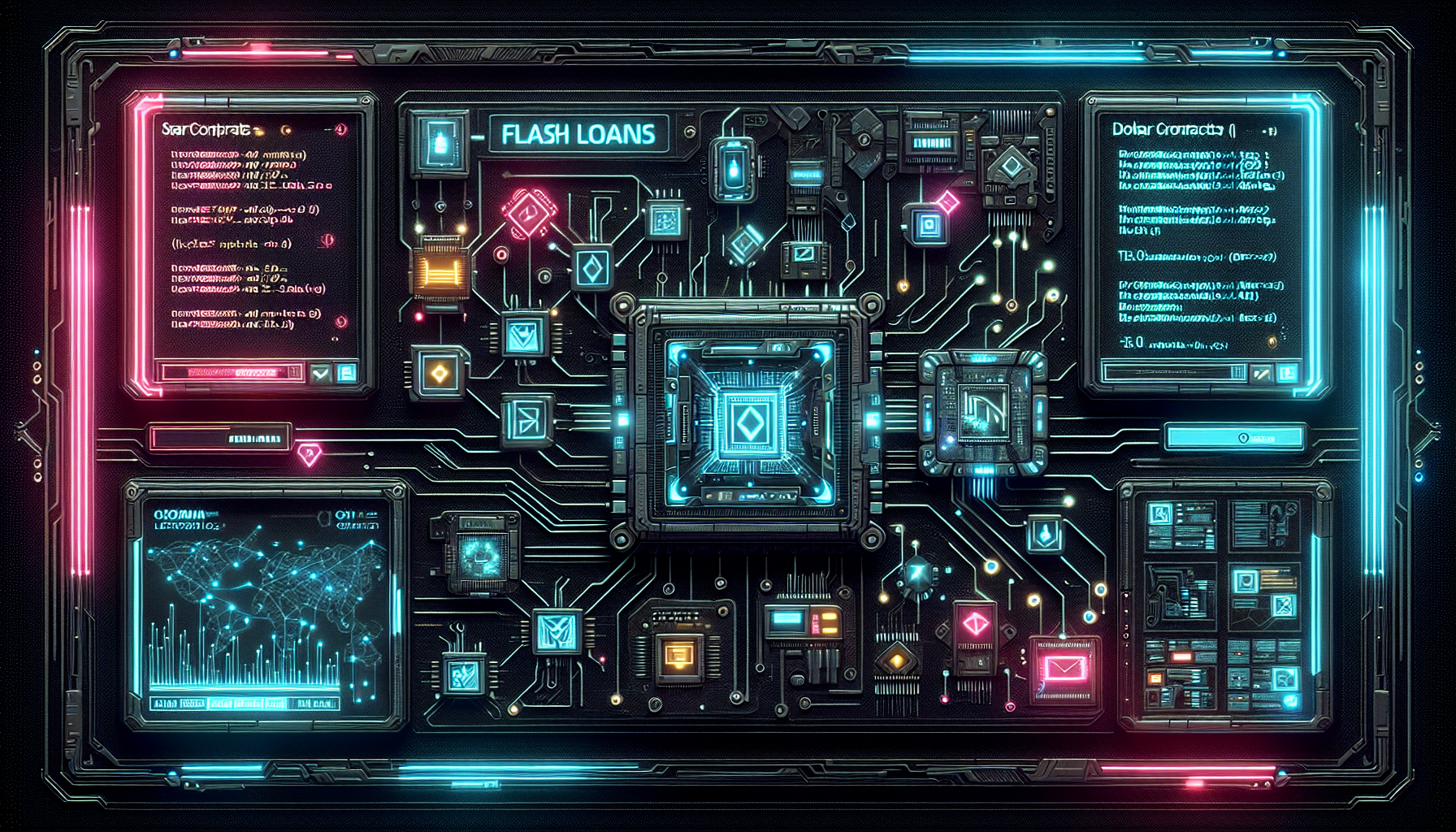Introduction
Flash loans represent one of the most fascinating innovations in the DeFi (Decentralized Finance) ecosystem. These uncollateralized loans, unique to blockchain and smart contract technology, allow users to borrow any available amount of assets from a liquidity pool, with the condition that the liquidity plus fees must be returned to the pool within a single transaction block. If this condition is not met, the entire transaction is reversed, as if it never happened, to ensure the security of the funds in the pool. This mechanism opens up a plethora of opportunities for arbitrage, self-liquidation, and collateral swapping. But, as with any powerful tool, understanding its intricacies and potential pitfalls is crucial for anyone looking to dive in.
Why Flash Loans?
Flash loans are a product of the unique environment of blockchain and smart contracts. They exploit the atomicity of transactions — a principle that ensures operations within a blockchain transaction are either all completed successfully or not executed at all. This principle guarantees the safety of funds in a flash loan, as the loan either completes within one block or is entirely nullified.
This ability to borrow significant funds without upfront collateral has democratized access to financial strategies that were previously only available to entities with substantial capital. Whether it’s for arbitrage between exchanges, leveraging positions in DeFi protocols, or executing complex transactions that require significant upfront capital, flash loans have leveled the playing field.
The Mechanics of a Flash Loan
Here’s a simplified explanation of how a flash loan works:
- A borrower requests a loan from a DeFi protocol’s liquidity pool.
- They execute their intended operation (e.g., arbitrage, self-liquidation).
- They return the borrowed amount plus fees within the same block transaction.
- If the borrower fails to return the funds, the transaction is reversed.
This process relies heavily on the reliability and efficiency of smart contracts. The smart contract is the arbiter that ensures the conditions of the loan are met, or else it automatically reverses the transaction.
Potential Risks and How to Mitigate Them
While flash loans offer immense opportunities, they are not without their risks. The most significant is the potential for malicious exploitation in the form of attacks on DeFi protocols. Several high-profile incidents have involved flash loans used to manipulate market prices and exploit vulnerabilities in smart contracts.
To mitigate these risks, it’s crucial for both borrowers and protocol developers to:
- Conduct thorough audits of smart contracts to identify and fix vulnerabilities.
- Implement stringent security measures and monitoring to detect and prevent suspicious activities.
- Stay informed about the latest security developments and threats in the DeFi space.
Practical Example: Executing an Arbitrage Trade
Here’s a real-world example of how a flash loan might be used for arbitrage:
Imagine two exchanges, Exchange A and Exchange B, where the price of ETH is $2000 on A and $2100 on B. A trader can use a flash loan to borrow ETH from a liquidity pool, buy ETH on Exchange A, sell it on Exchange B, return the borrowed ETH plus fees, and keep the profit — all within the span of one transaction block.
|
|
Where to Next?
Flash loans are just the beginning. The DeFi ecosystem is ripe with opportunities for innovation, from yield farming strategies to novel lending protocols. For those intrigued by the potential of flash loans, exploring related areas such as automated market makers (AMMs), synthetic assets, and decentralized exchanges (DEXs) could be the next step.
As the DeFi space continues to evolve, staying abreast of the latest developments and understanding the underlying technology will be key to navigating its opportunities and risks effectively.
Conclusion
Flash loans have introduced a revolutionary concept in the world of finance, leveraging the power of smart contracts to enable transactions that were once deemed impossible. While they offer significant opportunities for arbitrage, liquidity provision, and more, they also come with their share of risks, particularly related to security. By understanding these risks and approaching flash loans with a well-informed strategy, tech-savvy enthusiasts can harness their power to unlock new financial possibilities in the DeFi ecosystem.
Whether you’re a developer looking to integrate flash loans into your DeFi project, a trader seeking arbitrage opportunities, or simply a blockchain enthusiast fascinated by the latest innovations, flash loans are a compelling area of exploration in the vast universe of decentralized finance.
